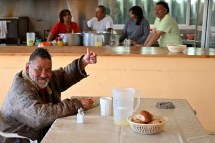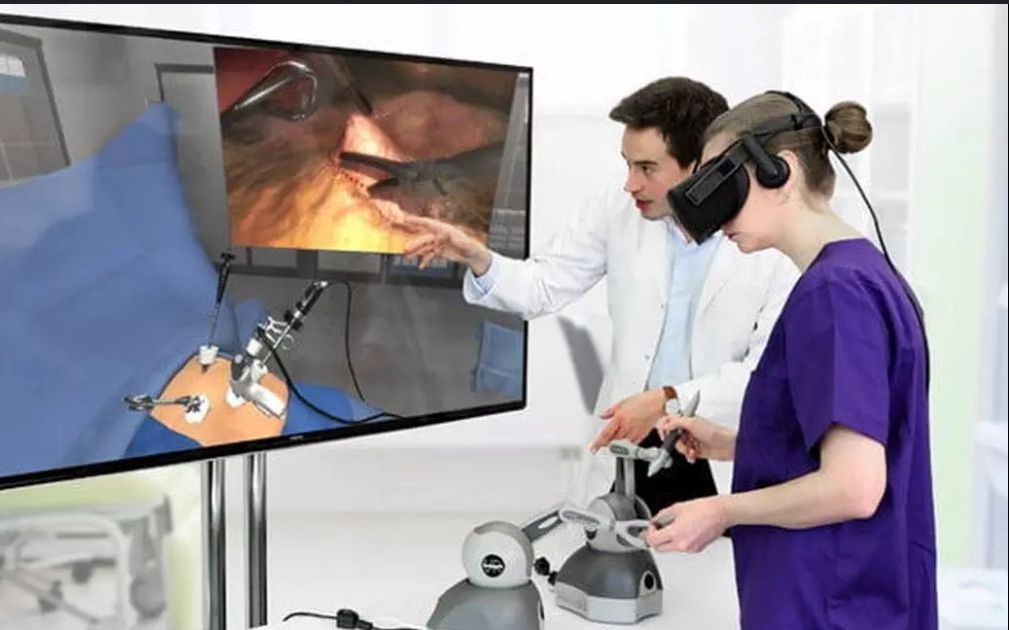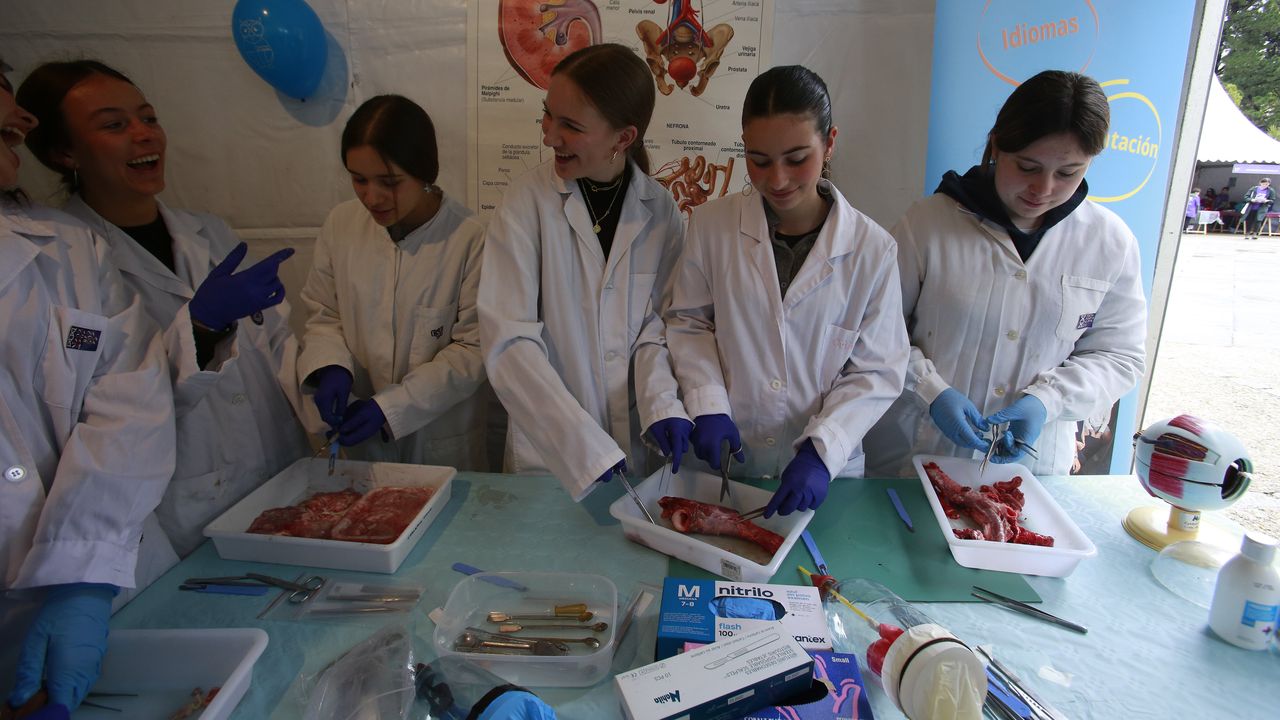The National University of Rio Negro will receive funding from the national government for its establishment Health status simulatorsUsing virtual and augmented reality technologies. This technology will be used to train medical students at the National University of Rio Negro and health professionals.

“We have laboratories designed to serve as a space for generating interactive virtual reality and augmented reality content, and we are now exploring artificial intelligence projects,” summed up Marcos del Bello, Undersecretary of Information at the National University of Rio Negro and director of the project.
A simulation project for a medical degree came to be generated Communication skills related to how to create or convey a diagnosis or simply how to interact with a patient.
The user wears a virtual reality helmet that reproduces a realistic image of either an on-call room, office or street (in case of emergency), sounds and atmosphere.
Del Bello described it as “Immersive experience“. “In a simulation of the physical space, an avatar appears, a fictional character representing the patient who asks certain questions, and will react according to what the student generates. It's back and forth as if you were talking to a real person“, specific.
Teachers will be able to see how that student interacts on screen, where they are doing well, where they are doing poorly, and where they will need improvement, he said.
He emphasized that Clinical simulation is essential in teaching. “The student should try to live real situations. The virtual reality system allows 20 students to analyze 20 to 30 different diseases. “You can choose the situation you want the student to experience,” Del Bello says.
How do you tell a patient that he has a serious illness? How do you react when experiencing certain symptoms? What should the student ask to find out what the patient is experiencing and what actions should be taken? Multiple positions.
The project included a survey among health professionals to find out what aspects they needed training on. The topic of providing unexpected news, emergency communications, or leadership issues has been brought up.
“Through virtual reality, simulators allow you to practice these skills because they recreate real situations from professional practice. Through artificial intelligence, responses can be predicted. The system trains you“Explained Germán Guaristi, Director of the Medical Degree at UNRN.
Del Bello emphasized that the system also allows for cost reductions. Until now, to implement a clinical simulation experience, a physical space and an actor were needed to simulate a specific situation. A virtual reality headset costs $150. “It is social development. Today when reading a book, 30% is left; He noted that an immersive experience of this type tends to have an impact of around 60 or 70%, according to some studies.
He considered that “by using virtual reality systems, the possibilities are doubled and the student receives more personalized training.”
“This can be extended to other types of simulations, such as births or surgeries. Today, for anatomy studies, you need small morgues in universities. “With a VR system, you can do it virtually,” Del Bello said.
Garisti confirmed this A London university was one of the first to develop similar technology. “There are general packages. “This has been designed with the local characteristics of the area,” he said.





